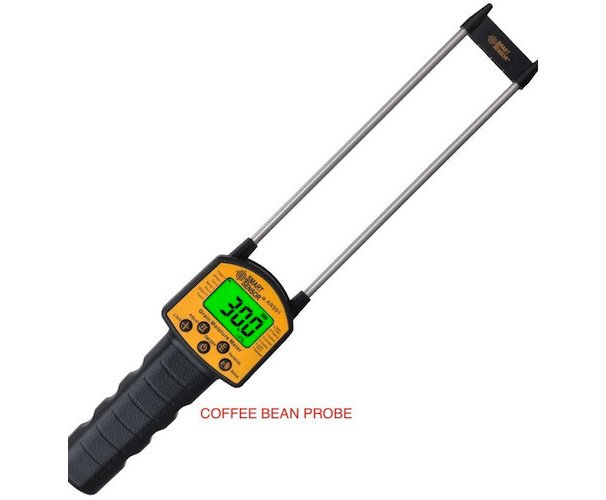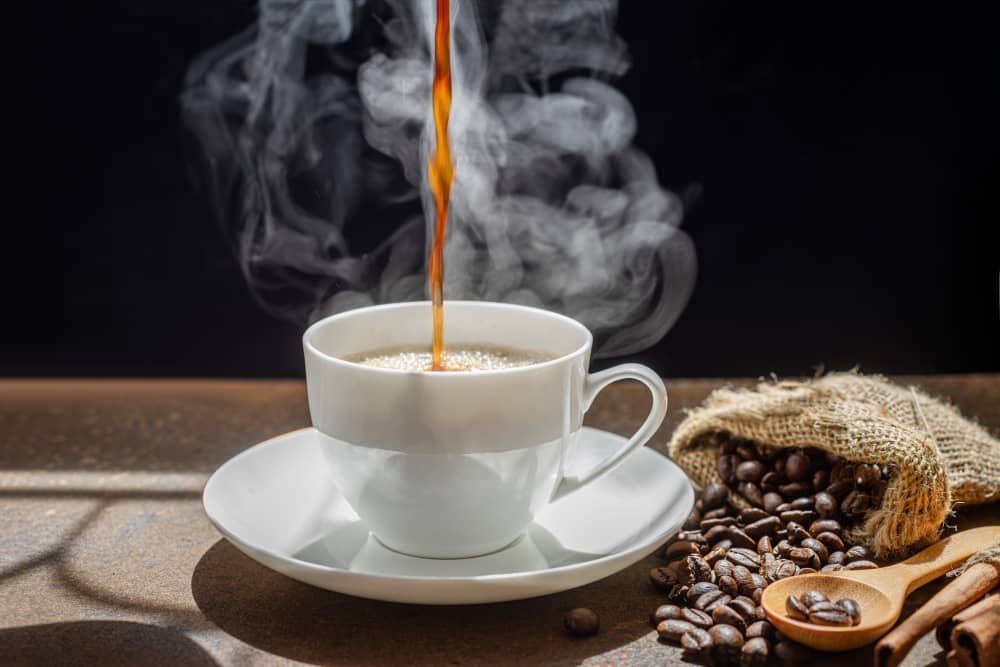A typical roasting temperature ranges from 370 to 540 °F (from a temperature scale) which can be converted to (188 to 282 °C). Roasting times vary from about 8 to 20 minutes depending on the size of the roaster and variety, and the beans shrink about 20% by weight as they gain a dark hue and fragrant aroma.
For the ZUMA Arabica Coffee, Temperatures are raised progressively from about 180 to 250 °C (356 to 482 °F) and heated for anywhere from 7 to 20 minutes, depending on the type of roast ranging from ZUMA’s light roast, medium dark roast and dark roast. Roasting releases steam, carbon dioxide, carbon monoxide, and other volatiles from the beans.
From the very beginning, the charge temperature, which is the preheated temperature of the roaster (oven) before the beans are added is the first point of the roasting process.

When the beans are added to the roaster, a sharp and almost immediate decline in temperature is usually observed. The temperature changes are recorded by the bean probe (A probe is a small device that is placed inside a coffee roaster to measure temperatures.
The information is then transformed into data and graphs which help roasters to track and document their roasts).
Unfortunately, the probes cannot actually measure the bean temperature itself: they only record the temperature in the oven, which gives an indication of the bean temperature.
They increase in temperature as they are exposed to the heat in the oven, reaching a point where the temperature stops cooling and start to increase. This is the moment that most roasters refer to as the turning point (The turning point is the first big change in your roast profile. It’s when the heat stops falling and starts increasing instead.
And although your roast may have only just started, when this happens you’ve already established how the entire roast will continue). It’s important to remember the coffee beans are getting hotter throughout the whole process.

There is a moment, usually a few minutes after the turning point, where the coffee beans have lost enough moisture to start showing a physical reaction; their natural greenish colour turns yellow. “the drying phase.”
This is correct in as much as the beans have been losing moisture until now. However, they will continue to lose moisture until the roast comes to an end and they have cooled down.





